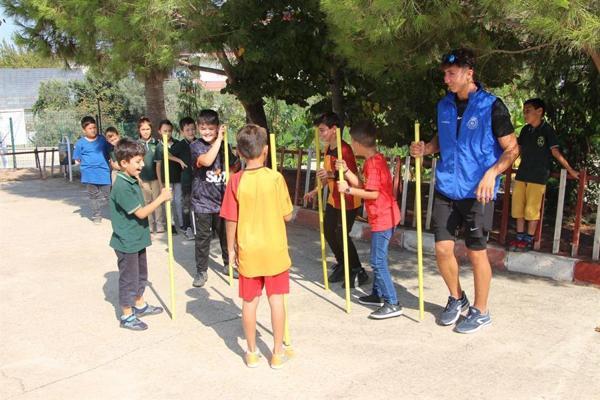Questions emerge on mid-term break application


Following Education Minister Yusuf Tekin’s remarks regarding the potential reevaluation and revision of the mid-term breaks in primary and high schools, the four-year-long practice concerning millions of students has become a topic of discussion among educators.
"This year, after the mid-term break, we will compile a report. Subsequently, if students, parents and teachers are content, we will continue with the program. However, if there are any criticisms or issues related to the educational process, we can provide solutions accordingly. My personal belief in this matter is that mid-term breaks could be implemented regionally rather than nationwide," Tekin stated on Oct. 11.
The mid-term break application, initiated in Türkiye for the first time in 2019 during the tenure of Ziya Selçuk is now under scrutiny, particularly concerning its productivity. Selçuk previously noted that there used to be a 13-week summer break period in Türkiye, which was overly long and could lead to the phenomenon referred to as “summer learning loss.”
While the ministry’s regulations stipulate that the school year should comprise a minimum of 180 instructional days, education often faces disruptions due to extended religious holidays, official celebrations, snowfall, earthquakes, floods and various other reasons, and the 180-day target is often challenging to meet.
On the other hand, educators frequently assert that the long summer vacation results in learning gaps among students. In a broader context, when compared with other nations that prioritize education, the number of days students in Türkiye attend school frequently falls below average numbers.
In some of these countries, like South Korea, the count reaches up to 220 school days, while in Japan, it is 210, and in the cases of the United Kingdom, Germany and Finland, it ranges around 190 days.
